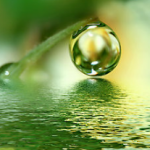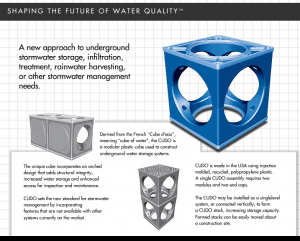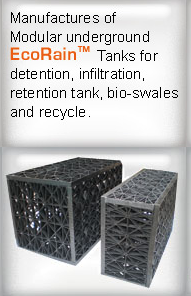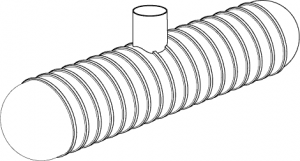Moringa oleifera Tree Provides Low-Cost Water Purification Method For Developing World
March 3, 2010
A low-cost water purification technique published in Current Protocols in Microbiology could help drastically reduce the incidence of waterborne disease in the developing world. The procedure, which uses seeds from the Moringa oleifera tree, can produce a 90.00% to 99.99% bacterial reduction in previously untreated water, and has been made free to download as part of access programs under John Wiley & Sons’ Corporate Citizenship Initiative.
A billion people across Asia, Africa, and Latin America are estimated to rely on untreated surface water sources for their daily water needs. Of these, some two million are thought to die from diseases caught from contaminated water every year, with the majority of these deaths occurring among children under five years of age. Michael Lea, a Current Protocols author and a researcher at Clearinghouse, a Canadian organisation dedicated to investigating and implementing low-cost water purification technologies, believes the Moringa oleifera tree could go a long way to providing a solution.
“Moringa oleifera is a vegetable tree which is grown in Africa, Central and South America, the Indian subcontinent, and South East Asia. It could be considered to be one of the world’s most useful trees,” said Lea. “Not only is it drought resistant, it also yields cooking and lighting oil, soil fertilizer, as well as highly nutritious food in the form of its pods, leaves, seeds and flowers. Perhaps most importantly, its seeds can be used to purify drinking water at virtually no cost.”
Moringa tree seeds, when crushed into powder, can be used as a water-soluble extract in suspension, resulting in an effective natural clarification agent for highly turbid and untreated pathogenic surface water. As well as improving drinkability, this technique reduces water turbidity (cloudiness) making the result aesthetically as well as microbiologically more acceptable for human consumption.
Despite its live-saving potential, the technique is still not widely known, even in areas where the Moringa is routinely cultivated. It is therefore Lea’s hope that the publication of this technique in a freely available protocol format, a first, will make it easier to disseminate the procedure to the communities that need it.
“This technique does not represent a total solution to the threat of waterborne disease,” concluded Lea. “However, given that the cultivation and use of the Moringa tree can bring benefits in the shape of nutrition and income as well as of far purer water, there is the possibility that thousands of 21st century families could find themselves liberated from what should now be universally seen as19th century causes of death and disease. This is an amazing prospect, and one in which a huge amount of human potential could be released. This is particularly mind-boggling when you think it might all come down to one incredibly useful tree.”
SOURCE: Wiley-Blackwell

 We are consulting on two rain water harvesting systems. One is in the city of San Gabriel, CA and the other in Pasadena, CA. One system is projected to be 12,000 gallons and the other just over 10,000 gallons of water. For both of these projects, we looked at several types of storage systems, all of which are underground units. Both of our projects are being built under either a parking lot or driveway, so they are designed to resist the H-20 loads of large vehicle traffic.
We are consulting on two rain water harvesting systems. One is in the city of San Gabriel, CA and the other in Pasadena, CA. One system is projected to be 12,000 gallons and the other just over 10,000 gallons of water. For both of these projects, we looked at several types of storage systems, all of which are underground units. Both of our projects are being built under either a parking lot or driveway, so they are designed to resist the H-20 loads of large vehicle traffic.

